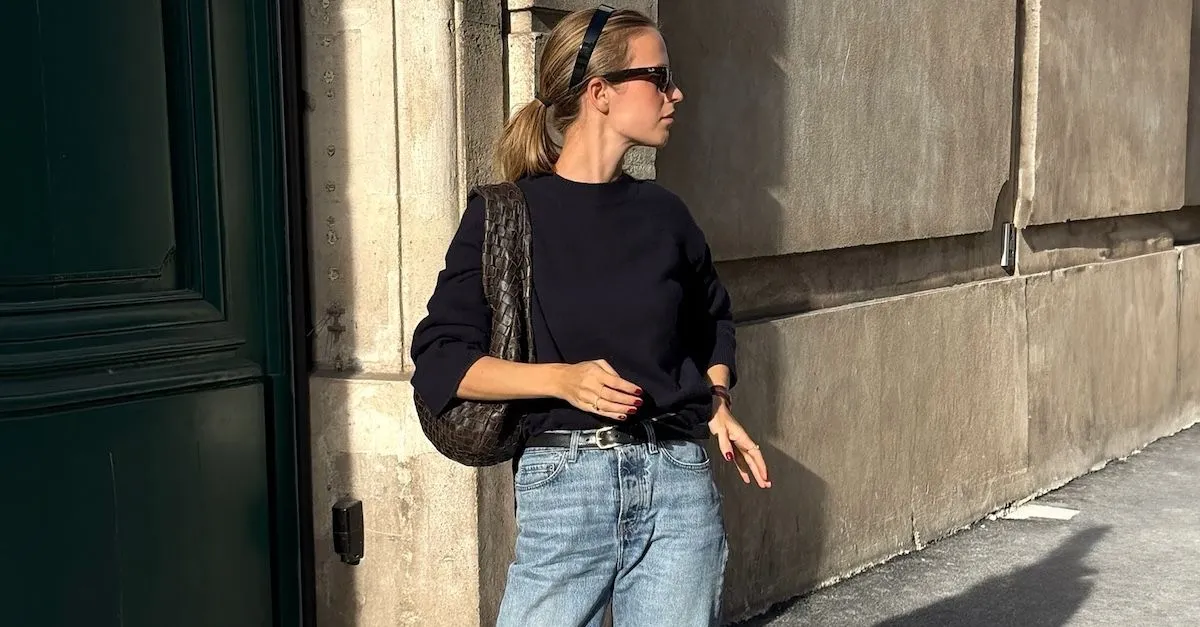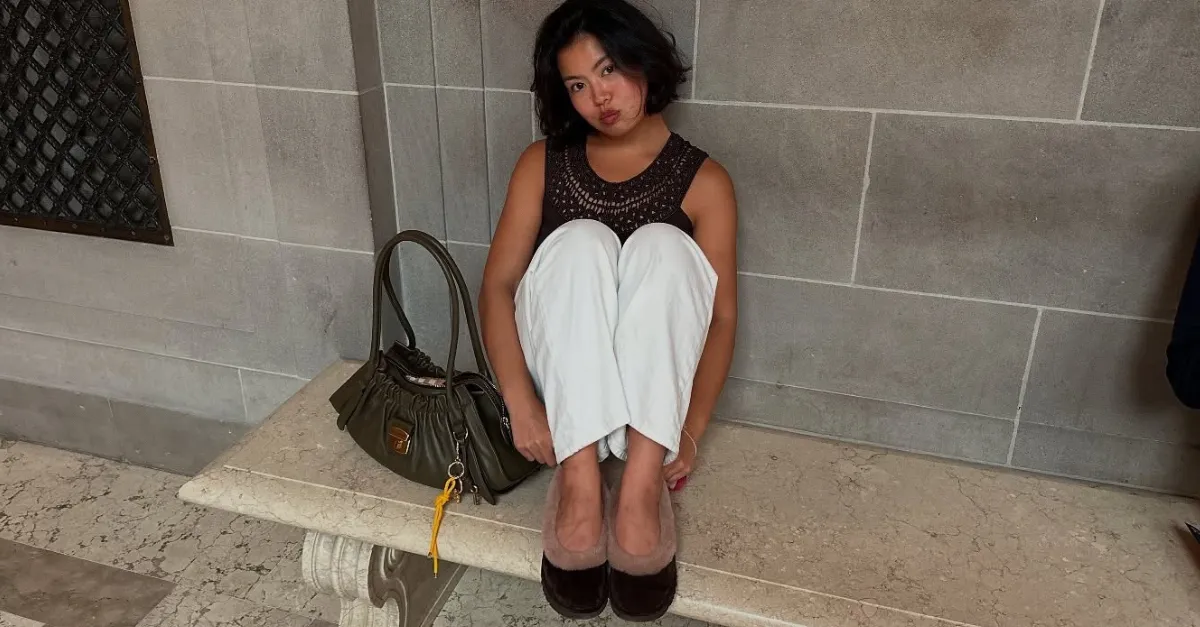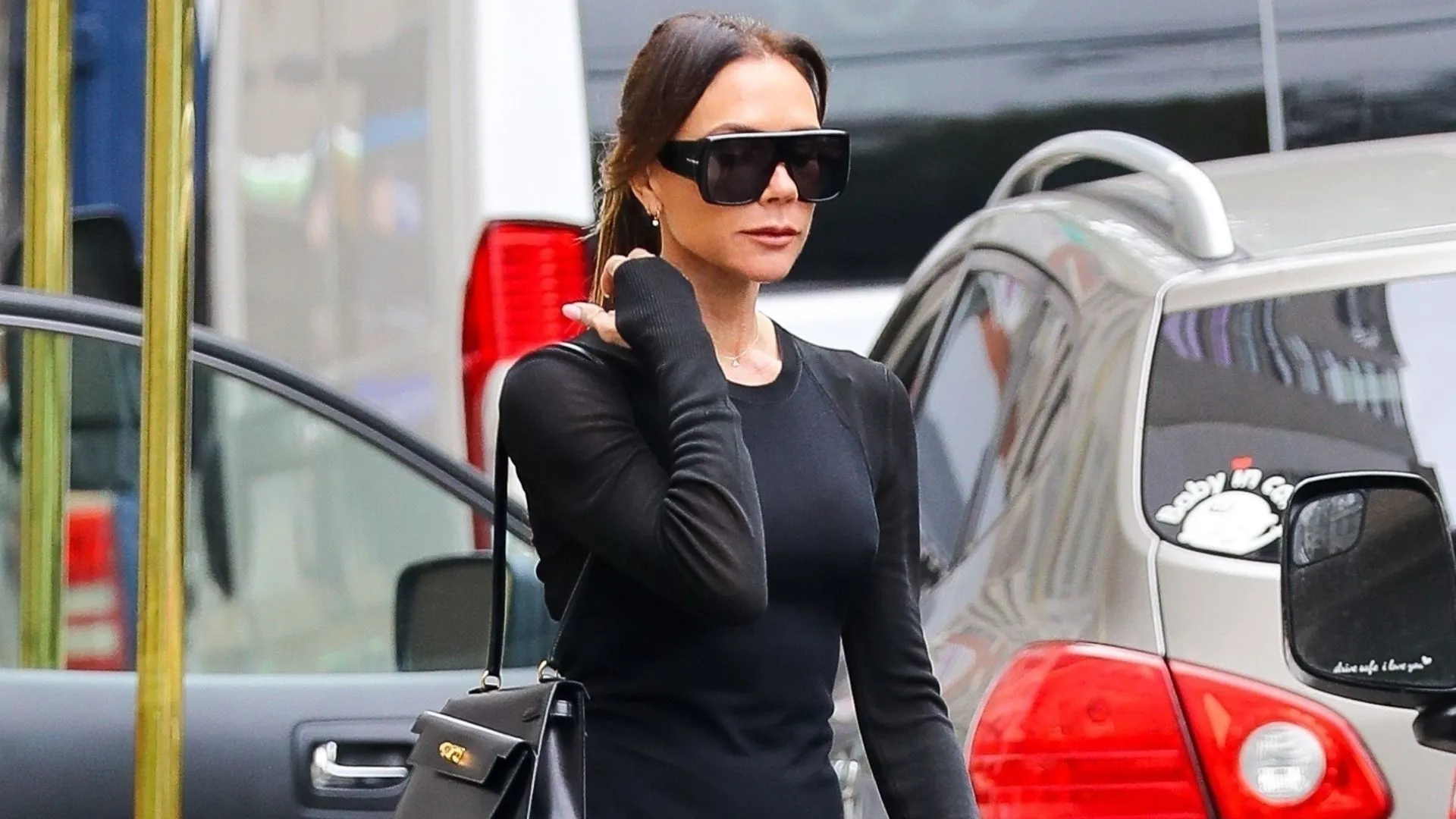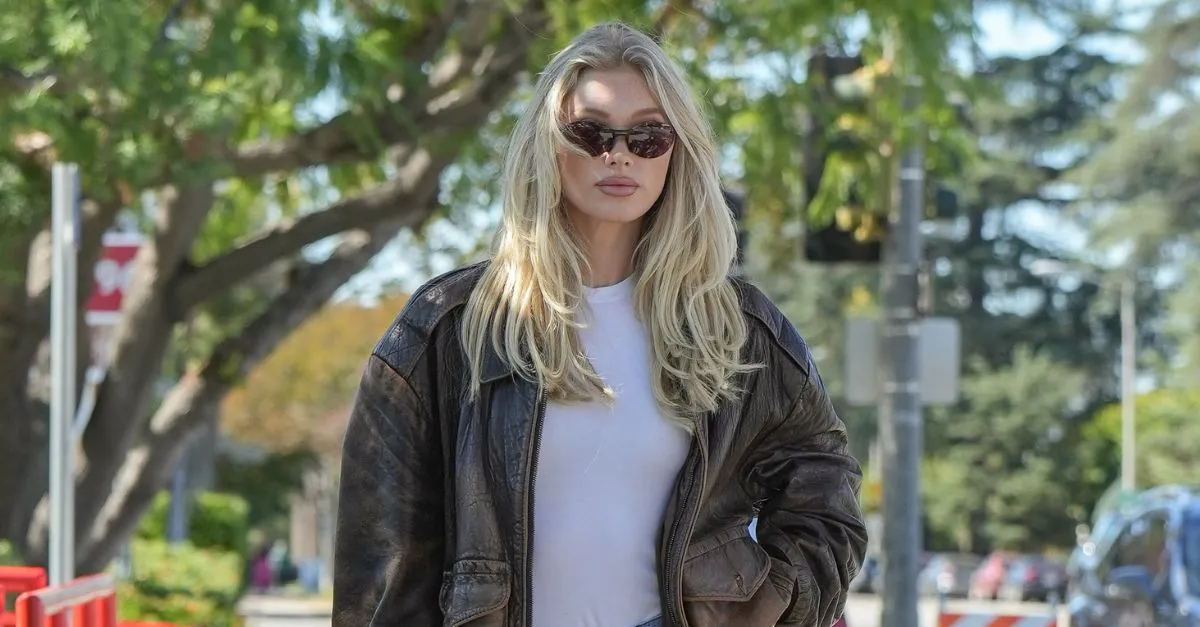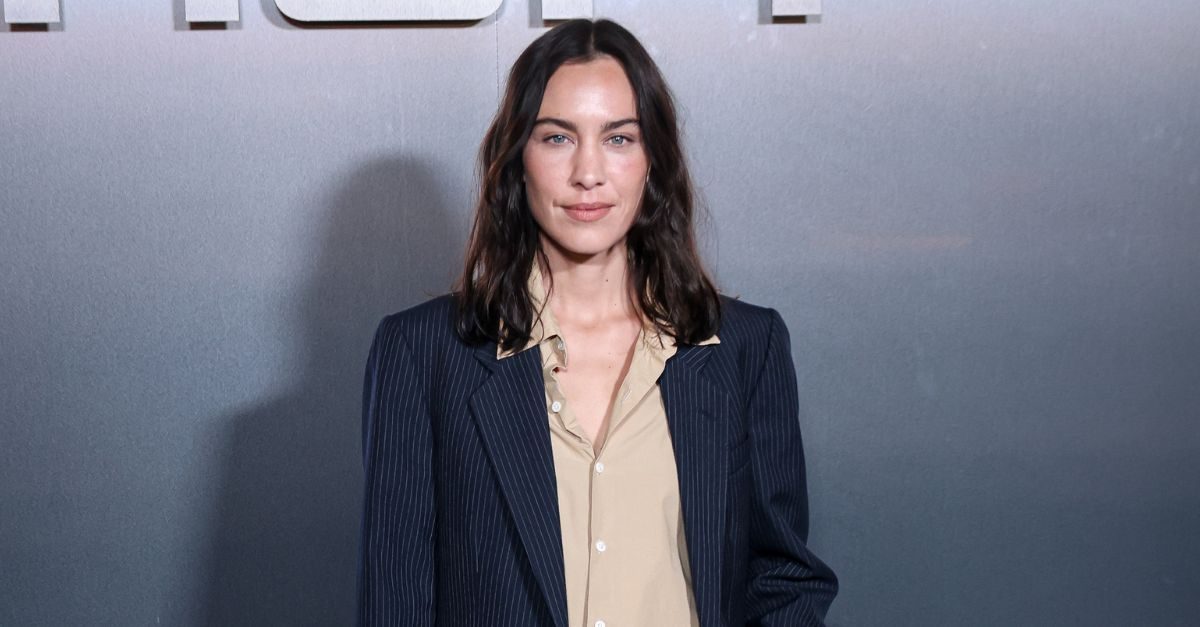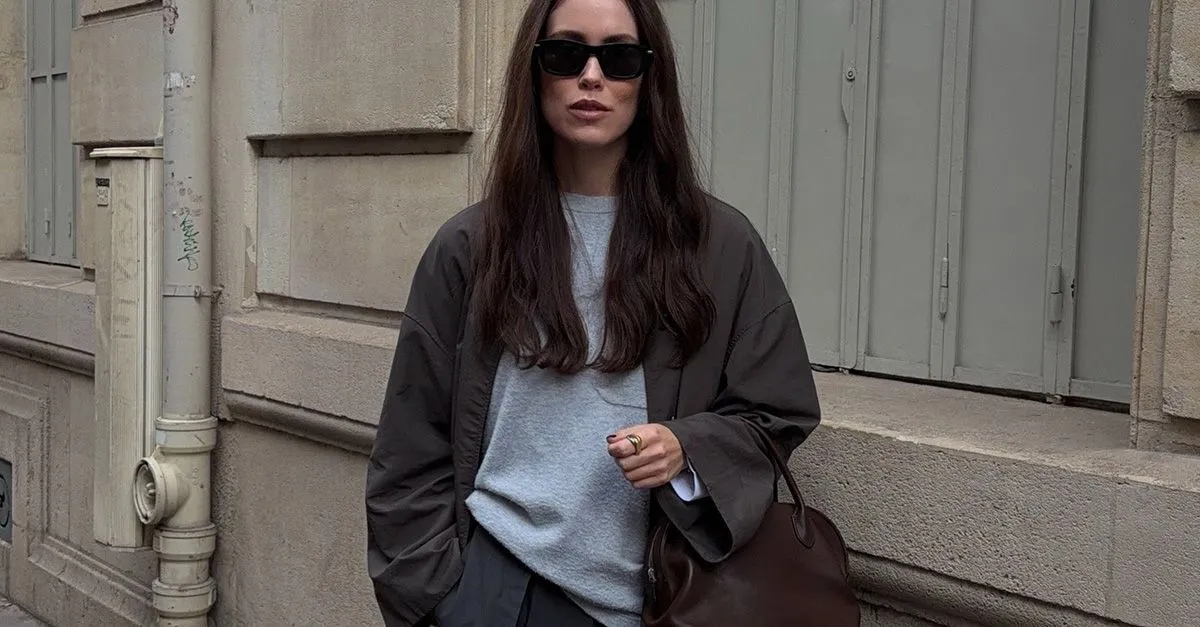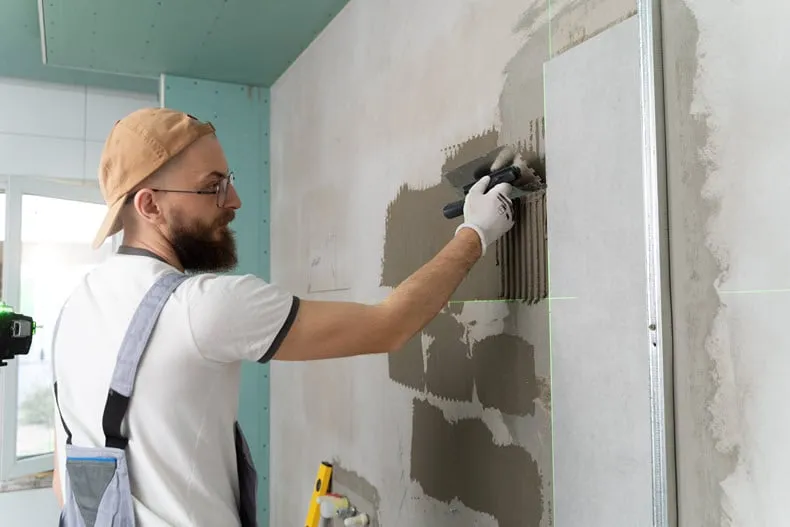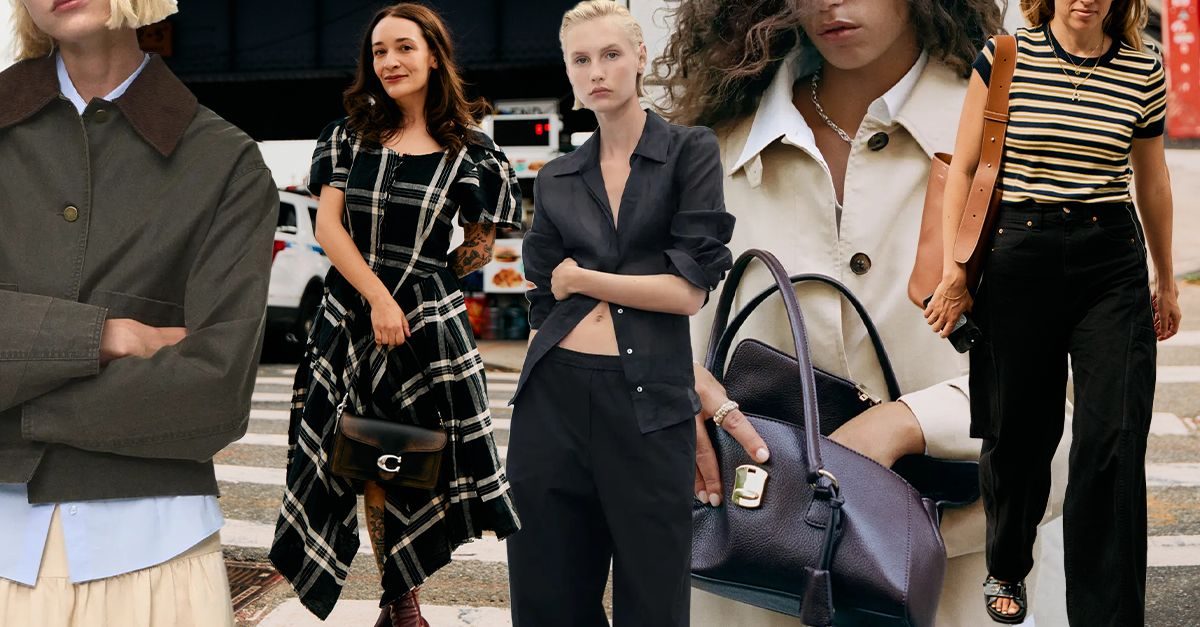The body-positive journey that society is on is often disrupted by stereotypes and conceptions that continue to influence pop culture around the world.
One classic example of where the female form is often misrepresented and exploited is within the world of comic books. Once upon a time, perhaps it might not have been such an issue for a few comics to keep their characters in some sixties-style time warp, but since they exploded onto the big screen, it has become an issue.
Globally, Wonder Woman 1984 has grossed around $118m and is the latest in a long line of DC and Marvel films to captivate audiences. Across a range of media, the character Diana Prince has become a female icon and role model. As well as films and comic books, she has appeared in video games and as an action figure.
She is a playable character in Injustice: Gods Among Us on consoles and has leaked into the mobile gaming market, too. There are several games on Foxy Bingo which draw inspiration from the Marvel character, including Wonder Woman and Wonder Woman: Bullets and Braces. It could be argued she is a Lara Croft for a new generation, bringing together female lead characters n a world often dominated by male action heroes.
The female characters within these comics, films and games, the positive ones at least, are often toned, airbrushed and conform to the stereotypes Hollywood likes to play upon. However, both the character of Wonder Woman and the actress who plays her, Gal Gadot, have had an impact on body positivity, which has been felt around the world.
When the first Wonder Woman landed in 2016, there were critics who felt that Gadot’s body shape was not quite right for the character of Diana Prince.
It was an outdated, chauvinistic view of both the character and a modern portrayal, and Gadot instantly shot them down and moved on. “I’ve gained about 17 pounds [for the role], and it’s all muscle,” she said. “I feel so much better now. When you feel strong, it changes everything: your posture, the way you walk. I look at photos from five years ago and think, ‘Whoa, I was too skinny. It’s not cool.”
What was cool was how big the movie became, and the hype around the sequel only drove that forward even more.
Recently, artist Robin Eisenberg was asked to create Wonder Woman art and chose to use her own artistic style to do so. Eisenberg likes to draw aliens with realistic body types and inked a plus-size Wonder Woman, which she shared with the world. Naturally, it drew detractors and typically inane comments, but also plenty of appreciation. Seeing a recognizable fictional character as we might see ourselves or our friends clearly had a big impact, which is exactly what the artist envisaged. “The fact that this was so controversial just makes me want to continue to draw diverse body types and create more art that people can hopefully see themselves in,” she said. “Strength and beauty can come in lots of awesome forms!
I don't think one form negates the others?"
Strength and beauty do come in all shapes and sizes, and when characters from pop culture are interpreted and reimagined in a real-life context, it only helps to further promote the body positive message we all seek to share. Perhaps next Eisenberg can try her hand at Lara Croft, Black Widow or Catwoman.Original Article





